Scottish record shops: then and now
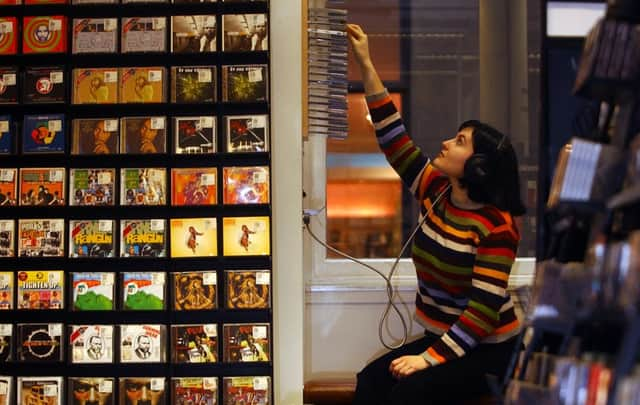

Vinyl sales in the UK are up 60 per cent year on year, reaching levels last seen in the 1980s. As interest in owning physical copies of music evolves, so do record shops.
In the week the shortlist for the Scottish Album of the Year (SAY) award is announced, fans of new music will head to shops across the country to discover what all the fuss is about.
Advertisement
Hide AdAdvertisement
Hide AdWhile once-familiar chains such Virgin Megastore and HMV have either vanished from the high street or significantly downsized, independent shops continue to thrive - albeit in smaller numbers.
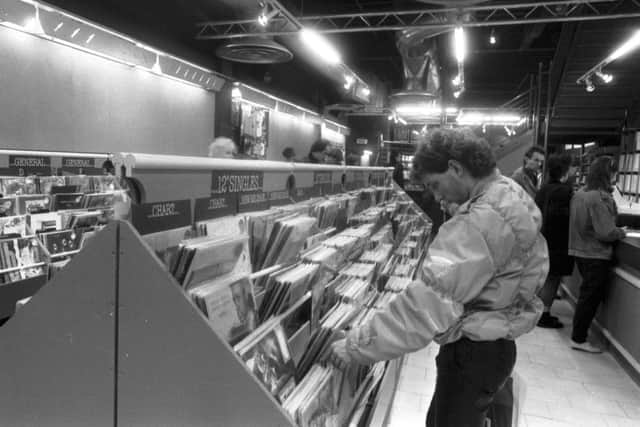

In the mid-1980s there were more than 2200 record shops across the UK, but by 2009 this number had plummeted to 269.
The record departments of major retailers like John Menzies or Woolworth’s - the first destination for many music fans in the 1970s and 1980s - have gone.
The broad range of styles - from pop to easy listening - stocked in such shops have been replaced by smaller stores catering to more niche tastes, from second-hand specialists like Edinburgh’s Record Shak, to Rubadub in Glasgow - a dance market leader for more than 20 years.
Vinyl sales alone do not sustain modern record stores on their own. Secondary sales of CDs and DVDs remain important, as does an online presence to handle orders from overseas.
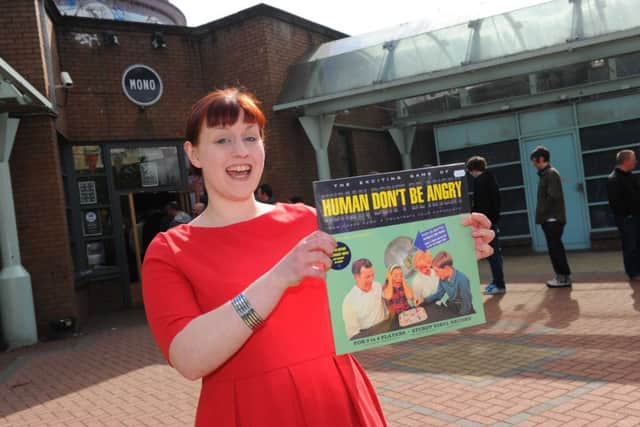

Research suggests that music streaming services such as Spotify are actually increasing the number of records sold.
Half of consumers say they listened to an album online before buying a vinyl copy, according to an ICM poll published by the BBC in April.
Advertisement
Hide AdAdvertisement
Hide AdBut there’s no doubting record stores play less of an important social role as they did in the pre-internet era. Groups of teenagers are no longer seen meeting over racks of CDs, while bands are more likely to advertise for a new bass player online than by placing an advert in a shop window.
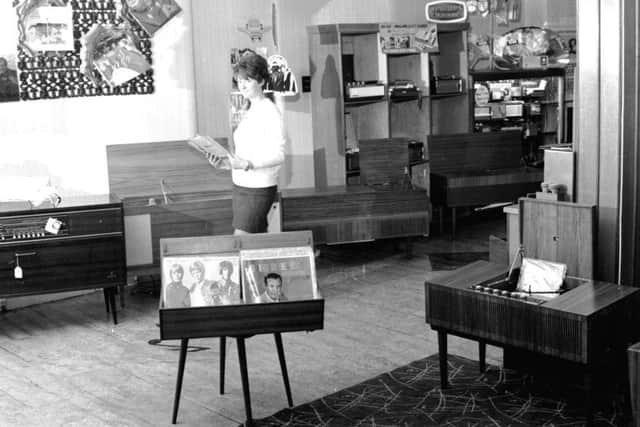

“In those days the record shop in the high street enjoyed the same profile in the community as the butcher and the baker,” Bruce Findlay, owner of Bruce’s Records in Edinburgh, told The Scotsman in 2012.
“One of the things we did in the shops, particularly in Edinburgh, was to encourage acts to come in to sign autographs and we had some amazing artists – Ian Dury, Tom Petty, Blondie, The Police. The shop became a place where people would come to hang out as well as buy music. It was good times and we had a glorious run.”
Findlay closed his Rose Street store in 1982 to concentrate on artist management.
“The business had really changed by then,” he recalls. “Edinburgh probably had the most independent record shops per head anywhere, and we were all competing. Virgin were the ones that took over.
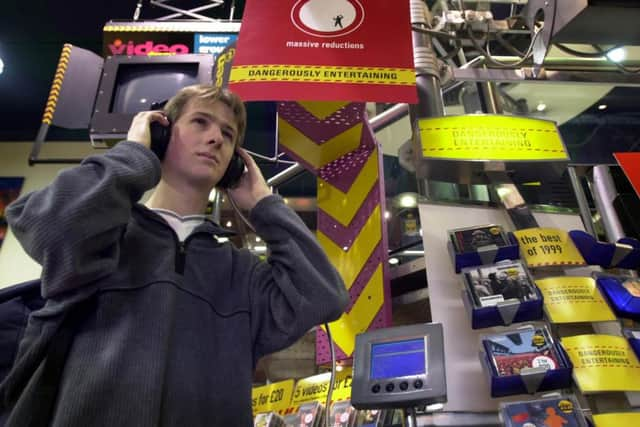

“They invented the megastore, which I think was the biggest disaster for the record retail industry, as that led to price wars. It wasn’t to do with having the best range of records any more.
“Soon the likes of Pink Floyd and Captain Beefheart, artists that only shops like us would previously be selling, were in every shop.”
Advertisement
Hide AdAdvertisement
Hide AdListening to recorded music at home or on the move is a relatively new pastime. The 33 1⁄3 rpm microgroove vinyl record was introduced in 1948 by leading American label Columbia and soon became the industry standard for album releases.
It quickly became a hit with customers on both sides of the pond. But albums in the post-war era were expensive and the preserve of classical artists and big bands.
A new, more youthful, market was opened up by the introduction of the smaller, cheaper 7” 45-rpm records in 1949 by RCA, one of Columbia’s commercial rivals. The single was born.
No less than 67 years later, it’s still with us.
